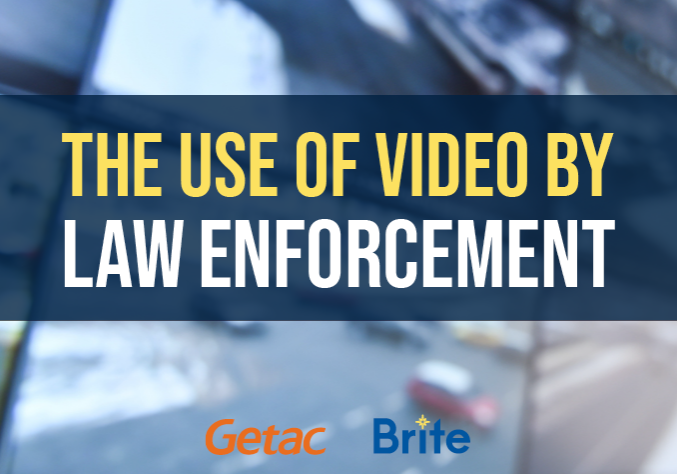The Use of Video by Law Enforcement
August 30, 2018
To keep the public safe, law enforcement agencies have always relied on the latest technology. Each decade of the 1900s can be marked by the introduction of a critical investigative technology.
1900s: The introduction of fingerprinting
1920s: The introduction of the polygraph machine
1930s: The introduction of two-way radios
1940s: Radar detectors used to capture vehicle speeds
1950s: Electronic data processing machines summarized arrests and warrants
1960s: The introduction of 911 and dispatching
1970s: The FBI installed the first fingerprint reader
1980s: Wider use of in-car camera systems
1990s: Establishment of a crime mapping laboratory
The police technology popping up in the news most frequently in recent times is video technology. Video has come a long way since its start in the 1960s. Taking a look back helps paint a bigger picture of just how important and critical video is in public safety.
Before agencies issued cameras, officers would use their own video equipment. A 1960s article published in Popular Science detailed the contraption officers used. Due to the size of the equipment it required to use both the passenger seat and backseat. The entire passenger seat held both the tripod and camera. While the backseat held the recorder and cables. Officers felt it was vital for documentation and evidence, even though cumbersome. It also allows for further analysis of the who, what, where and when during investigations. The footage provides a firsthand account for what transpired.
The value of in-car cameras became clear after the murder of Texas Officer Darrell Lunsford in 1992. While conducting a traffic stop, the three passengers ambushed and killed Officer Lunsford. Officer Lunsford had turned the camera on before approaching the vehicle. The footage allowed for the identification of the individuals, leading to their arrest.
Now, in-car cameras don’t need a tripod or a seat. Getac Video provides a camera that is less than five inches and will mount next to the rearview mirror that features HD resolution and visibility in darkness. The DVR no longer fills the back seat. It is about the size of a book with dimensions of 7” x 2” x 7” and has up to 512GB of storage for four cameras, as well as GPS and Wi-Fi capabilities.
As camera sizes shrunk, the use body-worn cameras grew. Departments welcome the advantages of in-car video to all aspects of patrol. Body-worn cameras enhance the transparency, accountability, and credibility of officers.
Prosecutors have stated that the footage from BWC helps secure convictions. Just like in-car cameras, this evidence makes it harder to dispute what actually occurred. The courtroom does accept video evidence as indisputable. A study concluded that video evidence gave 91% of prosecutors the increased ability to get prosecutions. With progressions in the technology used, video and cameras can capture more information.
How critical do you think video is to public safety?!

